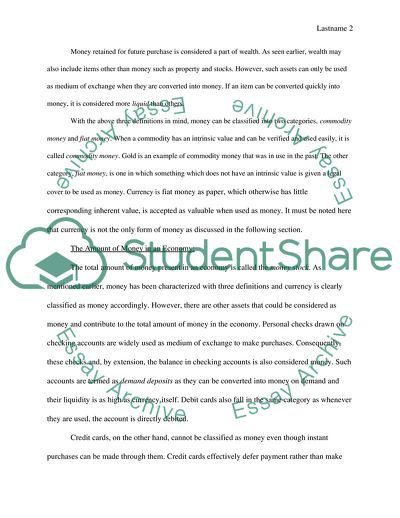Cite this document
(Meaning and Types of Money, the Federal Reserve System Coursework, n.d.)
Meaning and Types of Money, the Federal Reserve System Coursework. Retrieved from https://studentshare.org/finance-accounting/1713583-monetary-system
Meaning and Types of Money, the Federal Reserve System Coursework. Retrieved from https://studentshare.org/finance-accounting/1713583-monetary-system
(Meaning and Types of Money, the Federal Reserve System Coursework)
Meaning and Types of Money, the Federal Reserve System Coursework. https://studentshare.org/finance-accounting/1713583-monetary-system.
Meaning and Types of Money, the Federal Reserve System Coursework. https://studentshare.org/finance-accounting/1713583-monetary-system.
“Meaning and Types of Money, the Federal Reserve System Coursework”. https://studentshare.org/finance-accounting/1713583-monetary-system.


